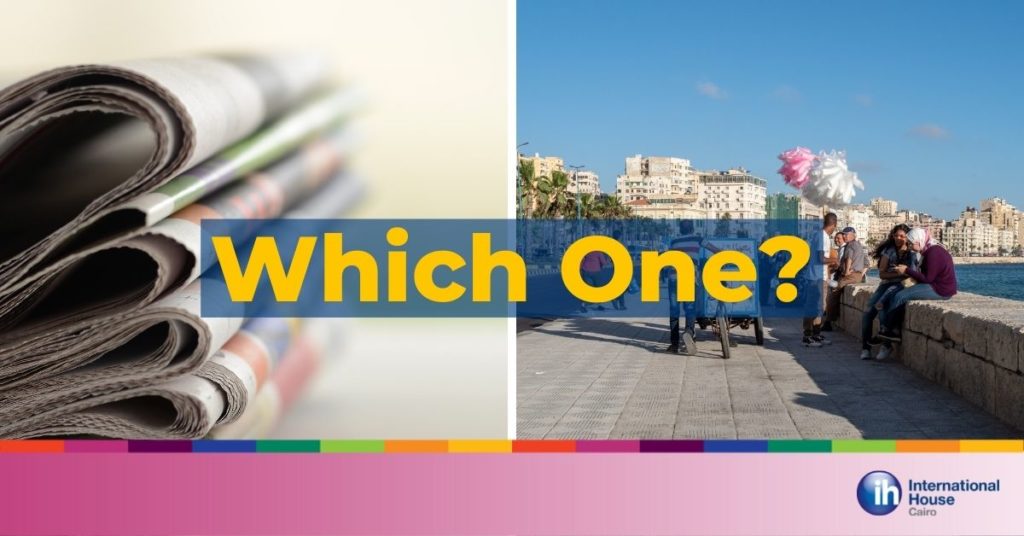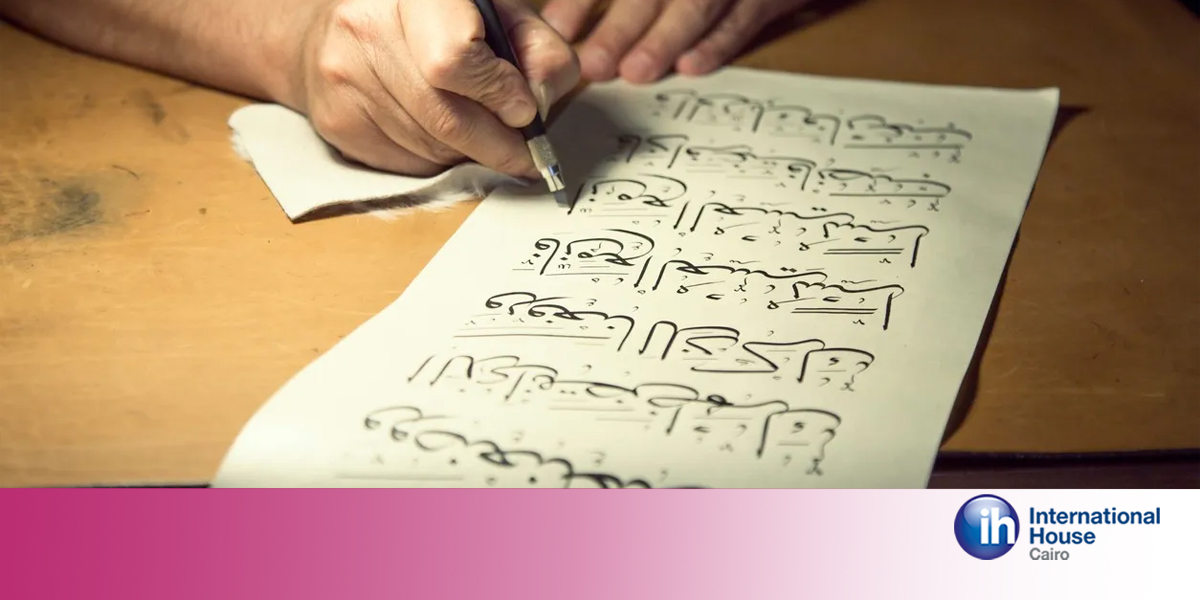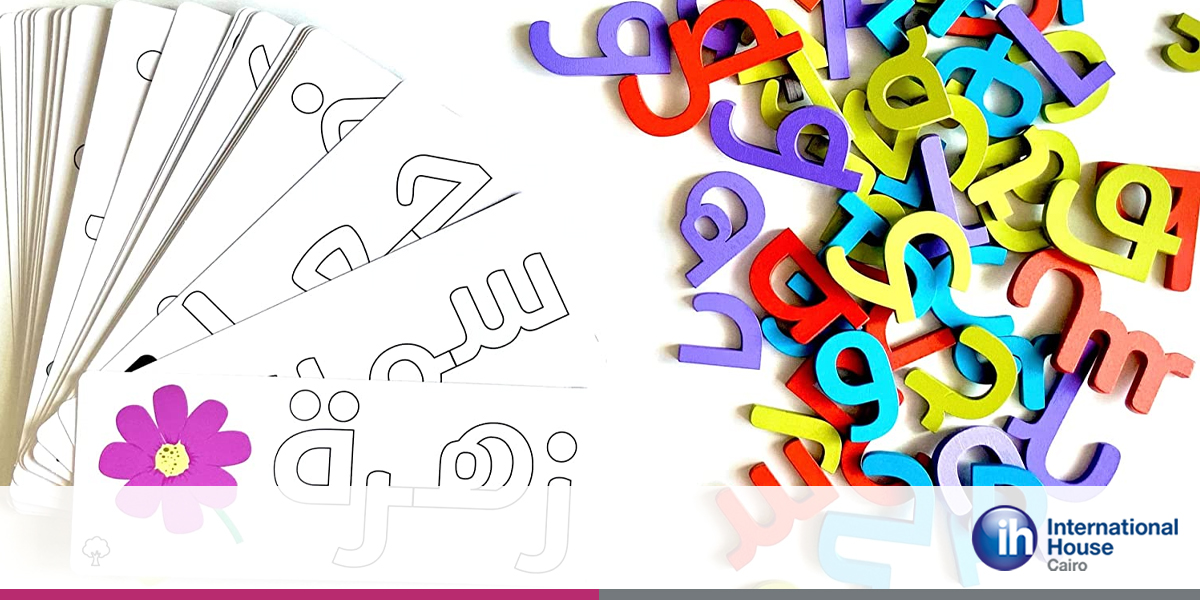You’ve decided to learn Arabic, but now you realize that it’s not quite that easy… While Arabic is spoken across most of the Middle East and North African countries and they speak different dialects, each country has its unique language. These can vary significantly from region to region and even from town to city.
Before you even begin to think about which dialect you would like to learn, it is important that you decide whether you want to learn Modern Standard Arabic or not.
Firstly, you’re not alone!
Most people who decide to learn Arabic battle with this question. On the one hand, Modern Arabic (fusha) is a common language; it is understood at the very least across the Arab world, unlike some local dialects (amiyya). On the other hand, everyone in the Arab world does not speak modern standard Arabic and it is not used on the street. This can be really frustrating if you’ve spent tons of time studying Arabic grammar, but then you never end up using it. However, using it or not will depend on your main goal for learning Arabic.
So which one should you learn, Modern Standard Arabic or a local dialect?
There isn’t a one-size-fits-all answer to this question. It really depends on why you want to learn Arabic in the first place and what you plan to use it for. Below is a list of pros and best practices that will help you decide which one is right for you.
MSA
Modern Standard Arabic (MSA) is the academic language and communicative dialect of the Arabic language, recognized by the United Nations as one of its six official languages. It is the common channel of nearly all formal communication, including written and spoken. As Arabic is the official language of all Arab countries, it provides the most versatile means of communication for people who live or work in an Arab country or who have some interest in the Arab world.
PROS of learning MSA
- Learning MSA will enable you to understand the Arabic language, official documents, books, and academic journals – basically, everything written in Arabic across the Middle East and Northern Africa, regardless of what local dialects they use. It’s particularly useful if you’re likely to be working in Arabic or studying the literature and history of the region. It’s important to keep up with regional news and events even if you aren’t actually living there.
- MSA is structured and grammatically correct, whereas local dialects are less formal and have developed a spoken language. Some people find MSA easier than others. It really depends on how you prefer learning.
- MSA is considered the purest form of Arabic and is widely respected by Arabs throughout the Middle East and North Africa (MENA) region and among non-Arab Muslim communities worldwide because it is the language of the Quran. Learning MSA, therefore, provides a unique insight into Arab culture and Islam.
- And probably the biggest advantage of all – even if MSA is not widely spoken, you are at least understood by most people across the entire MENA region.
- MSA is the way to learn dialects. With MSA, you study a language that can open up access to all dialects of Arabic rather than specializing in just one. This means you can easily communicate when traveling through Arab countries.
- Finding Arabic language learning material for MSA is relatively easy. It is a standardized version of Arabic. There are many resources out there to help you practice your Arabic, and they will allow you to feel comfortable when speaking it. If you are learning MSA for a career in business or diplomacy, you can guarantee that spoken Arabic in these formal contexts will use MSA.
Is learning Modern Standard Arabic worth it?
Definitely, if you plan on working in full capacity in any Arab country, regardless of where you expect to be, you need to be able to speak Modern Standard Arabic.
All politics and media is written and spoken in Modern standard Arabic. To keep up with Middle Eastern current events, you need to be proficient in Modern Standard Arabic.
What About Local Dialects?
There are many Arabic Dialects around the world. They vary from region to region and city to city. The dialects are very different and may sound similar, but they are not. In fact, some of them don’t even share common vocabulary!
You’ll mainly use these dialects if you live in a place where most of the population speaks that particular dialect. So, for example, if you’re traveling to Egypt and want to communicate with Egyptians, you’ll use Egyptian Colloquial Arabic. And if you’re traveling to Morocco, you need to communicate in Darija.
Here are the most common Arabic Dialects
1- Egyptian (Egyptian Colloquial Arabic)
Spoken primarily in Egypt, the Egyptian Arabic dialect is one of the more commonly spoken Arabic dialects, and it’s the most commonly understood dialect of Arabic in the Middle East. The Egyptian dialect can be heard on TV and in series and movies. And because it has a huge reach among Arabic speakers, it’s the most understood dialect.
2- Maghrebi
Maghrebi Arabic has over 70 million speakers, and it is definitely one of the most commonly spoken Arabic languages. Maghrebian Arabic has a lot of different varieties. Even Maghrebian speakers attribute a different name for the Arabic language they speak and call it Derja, or Darija, meaning “advancing, continuous increase.” This meaningful phrase simply points out that Magharebian is reaching more and more speakers through its speakers and is constantly on the rise. Since the language itself has been evolving and incorporating itself into French and Italian in technical areas and adopting technicalities from MSA, Maghrebian or Derjia definitely lives up to its title.
3- Gulf
The Gulf dialect has 36 million native speakers in the Arab world. This dialect is commonly used in the United Arab Emirates, Qatar, Bahrain, and Kuwait. However, there are some differences in terms of pronunciation and grammar between this dialect and others because it is mostly a collection of different dialects that are somewhat similar to each other. As a result, it is natural to observe more significant differences between some of the dialects that are located far away from each other geographically. For example, there are differences in the language in Qatar and Kuwait. So, even if you know one dialect, you still might face difficulties understanding someone who speaks another. However, that is one of the beauties and powers of language, once again demonstrating its flexibility and versatility.
4- Levantine
Levantine fourth in line with over 21 million speakers. If you’re familiar with the dialects and know which one is spoken in the region, you can easily tell that Levantine is often used as a spoken dialect. Speakers of Levantines still use Modern Standard Arabic (MSA) in writing. This type of Arabic is most commonly used in Syria, Jordan, and Lebanon. It’s also the second most popular dialect used in popular media channels (after the Egyptian dialect). Levantine also attracts interest because of its significant history dating back seven centuries ago, when the dialect shifted from Aramaic to the Arab language.
The most effective way to learn Arabic
Deciding which form of Arabic you’d like to learn
There are many types of Arabic dialects, as we mentioned above. So, according to your language goals, first, you need to identify which dialect you need to learn. For example, maybe you decide to learn Egyptian Colloquial Arabic because it is the most widespread regional Arabic dialect and is most often used in television and movies.
Start with the basics
It’s easy to get stuck in the trap of trying to memorize vocabulary instead of learning the Arabic alphabet first. When you were a child, you learned English by listening to your parents and teachers talk to you. You started by learning the alphabet and learning how letters combine to form words. You then learned to put words together to form sentences, and finally, you learned more about proper usage and grammar. Shortcuts will only slow you down; don’t take them.
language immersion
This is an important step in learning any language. The best way to get to know a new word is to use it, see it, hear it and write it, so combine these activities as much as you possibly can.
One way for beginners to learn a foreign language is to watch children’s television shows in that language. Vocabulary is simpler, and the education aspect of those programs can be incredibly helpful for new learners of any age. As you become more proficient, another strategy is to watch movies in foreign languages with English subtitles on. That way, you get a better understanding of what you’re hearing, and the subtitles provide the translation for what you’re hearing. Eventually, you’ll be able to turn off the subtitles and still know what’s being said.
Speak the language
speak! Speak every day, at home, at work, in public places, everywhere. Practice speaking out loud in front of a mirror or recording device. Speaking is the key to mastering any language.
Consider enrolling in an Arabic course.
There are plenty of options available online and offline. But keep in mind that not all courses are created equal. Make sure you find a reputable institution with native Arabic teachers who have experience teaching others.
Where can you learn Arabic in Cairo?
International House Cairo is the only IH School in Egypt that teaches different Arabic courses. IH Cairo is regularly inspected, supported, and updated by IHWO (International House World Organization) to guarantee high-quality courses and learning journeys.
So, If you consider enrolling in an Arabic course, feel free to contact us.
Improve your Arabic faster with IH Cairo!
We provide well-designed materials and qualified teachers who can simplify the language for you to make visible progress in a short time.





